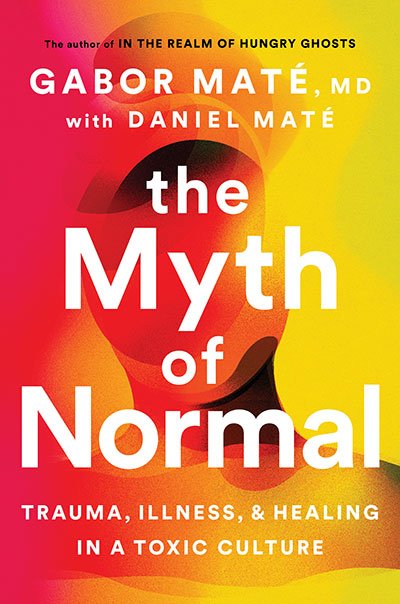The Importance of Play
/By Anne decore, lmft
In today’s world one need not look far to find stressors. On a global level we are facing environmental threats, a war in the Ukraine that approaches the one-year mark, financial market uncertainty, and a globe still trying to understand how the meaning of health and illness have been reshaped by the recent pandemic.
The pause from work and school for the winter holidays can be a time of great connection and gratitude and joy. It can also heighten emotions of anxiety, grief, and intensify family conflict. When our own personal individual contexts and stressors intersect with the shared global stressors it can feel overwhelming. It’s normal to feel depleted and burnt out at the beginning of a new year.
As a response to this overwhelm many people begin January with pledges and resolutions - issuing themselves rigid new behavioral goals. I feel such compassion for this reasonable desire to gain a sense of control and order in a world that feels out of control. The problem with the over-emphasis on resolutions is that we become outcome-focused and then when we fail to meet our goals we feel a sense of failure, followed by a lack of motivation and that familiar feeling of burn-out. When we are outcome-focused, we are assessment-focused (did I do good enough?), and we are future or past-focused, not present-focused. The outcome-focused brain state has us teetering on the edge of activating our fight or flight system.
I want to offer a different intervention this January – play.
Mammals are hard-wired for play. Humans are no exception. Play is good for our mental health because it’s about the experience: process for process’s sake. Anything that gets us INTO an experience and OUT OF outcome-focus thinking is therapeutic for the nervous system and for relationships. So why do we abandon play as we age into adults? One answer is that our society values productivity and play is not productive. It is not measurable.
But our kids can remind us of its value. Play activates imagination, creativity, team-work, belonging, wonder, and humor. Often play involves learning new skills or problem solving. Sometimes it’s just outright tomfoolery and mischief. Play connects us to our physical body and to the flow state – getting lost in the present moment. Play helps us let go of the things we can’t control. Like grey winter weather. Play allows us to transcend boundaries that exist in the practical world. Play is always available to us and it’s usually low-cost.
So what do I mean in practical terms? Jenga. A trampoline park. Puzzles. Lego. Game nights with friends (charades, trivia, board games). Wild dancing to music. Card games. Twister. Bowling. Turn your kitchen into a restaurant and give everyone a part. Set up a bean bag toss. Make costumes. Play is a word with millions of interpretations. Invite silliness. Invite invention. Invite peace. And leave your phone in another room. Don’t let a notification or the pressure to post take you away from the gift of the here and now.
Play doesn’t replace worrying about the world or about the personal challenges we are weathering. It does gives us a respite from the worrying and restores our bodies and minds so that we feel more grounded and able to face the messy parts of our lives.




















